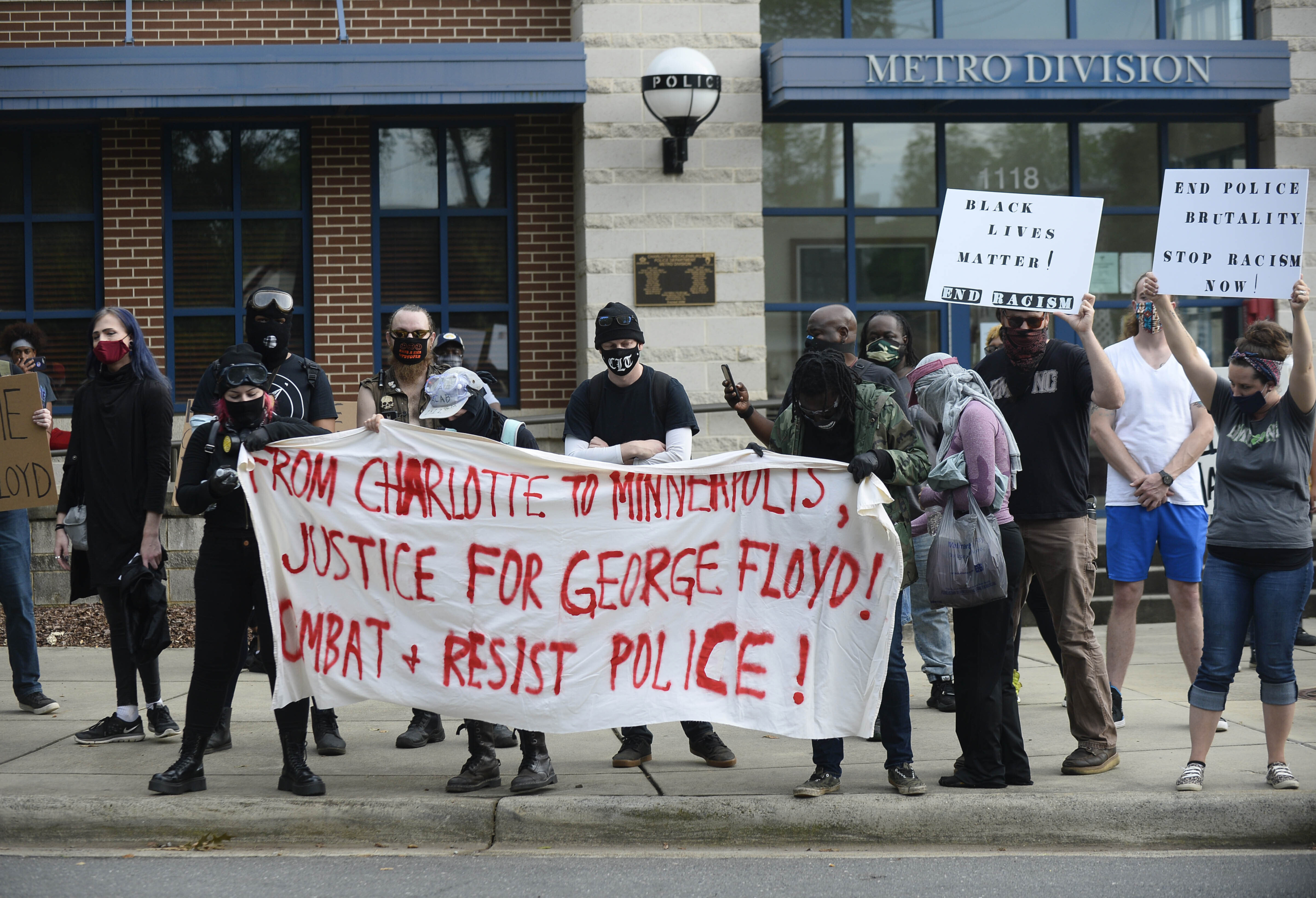Sign up for the daily CJR newsletter.
Last week, as anti-racist protests gripped communities around the world, Black people from news outlets by and for them convened to discuss how they were prepared to cover the moment. Hosted (over Zoom) by the Center for Community Media at the City University of New York, editors and publishers from America’s Black press debated whether, when, and how to send their reporters to protests that have often been beset by police violence.
Katrina Louis, the managing editor of Q City Metro, a digital publication based in Charlotte, said that she wasn’t sending a reporter to every demonstration in her city. It wasn’t safe, as the group understood, because of police aggression and the coronavirus. Plus, the Q City Metro staff is small, with only three full-timers—Louis couldn’t afford to lose anyone. “We covered the first night,” she told her fellow editors. “We have to prioritize what stories we are telling—so yes, we’ll recap it, but what voices do we want to hear? First-time protesters, people whose lives have been affected—but also organizers and elected officials.”
Reporting the story hasn’t always required presence in the street, Louis explained. In the days after George Floyd, a forty-six-year-old Black man, was murdered by a white police officer in Minneapolis, her reporters did not have to scramble for sources; they knew all too well how to cover the response. “We are an outlet that focuses on the Black community,” Louis said. “The issues that are at the core of protesters’ message—racism, brutality, systemic issues—that’s not new to our platform.”
In the last days of May, major news outlets were met with criticism of their protest coverage, including by Black readers, who saw that loaded words like looting, riot, and chaos would help justify police brutality; the Black press, the group agreed over Zoom, felt the burden of changing the narrative. “We have to make sure we tell our stories correctly,” Elinor Tatum, the editor in chief and publisher of the Amsterdam News, in New York, said. “The difference between Black newspapers”—in contrast to mainstream ones—“is that we actually talk to community members—and have been talking to community members for weeks, months, years, and decades. It’s not like we’re just finding them for the first time.” She added, “It’s interesting to see how the Black press will begin stories and the mainstream will start to run with them and then get them so wrong.”
In cities like Cleveland—which has been all but stripped of its regional media infrastructure—there is not just a mishandling of stories about the Black struggle against police oppression; there is a near-total erasure. “Right now, in Cleveland, they’re not talking about looting—or even the protests,” Ron Calhoun, the publisher of the Ward 7 Observer, a local monthly, said. The city’s major newspaper, the Plain Dealer, recently laid off most of its staff and dissolved their union; the few articles that have appeared on the front page feature heavy use of the term rioters and images of burning police cruisers. Calhoun told his colleagues that allegations of destruction by outside agitators—a charge heard from mayors and police officials across the country, and on social media—weren’t being investigated. The primary narrative, he observed, was not about the Black Lives Matter movement, but post-rally neighborhood cleanup by white people. “They’re giving glamour stories,” he said. “Celebrating how the suburban community has come downtown to clean up all the broken glass and help with construction—totally ignoring what the whole problem is. Local media doesn’t want to deal with that. They don’t have the time or even the inclination to investigate that.”
Some Black outlets have tried to recast the narratives of mainstream publications by participating in community events, where Black journalists can engage directly with readers. In Charlotte, Q City Metro held a panel discussion in collaboration with a local African-American museum—featuring politicians, the sheriff, and a photographer and activist who had recently returned from trips to Minneapolis and to Brunswick, Georgia, where Ahmaud Arbery, a twenty-five-year-old Black man, was shot and killed while jogging down a residential street. “Those collaborations have done a lot because—while we may not be able to churn out as much content minute by minute, because we are so small—we still get the visibility and stay current in conversations,” Louis said. She and her colleagues also appear regularly on WFAE, Charlotte’s NPR affiliate, enabling them to reach a non-Black audience.
But in Chicago, journalists working at The Triibe, a digital outlet, have been hesitant to share their reporting with other newsrooms. “We have been suspicious of copublishing, especially sharing our on-the-ground footage with TV news,” Morgan Elise Johnson, a cofounder of The Triibe, said. “We told them that if you want our footage, you need to allow us on air to contextualize it. Sometimes, the way TV news frames stories when they’re not there, we just don’t agree with it.” Videos may be edited, or voices cut, in such a way that the story is robbed of its intention. “So we’ve been saying no,” Johnson said, “unless they’re going to give us a voice.”
ICYMI: The Story Has Gotten Away from Us
Has America ever needed a media defender more than now? Help us by joining CJR today.







